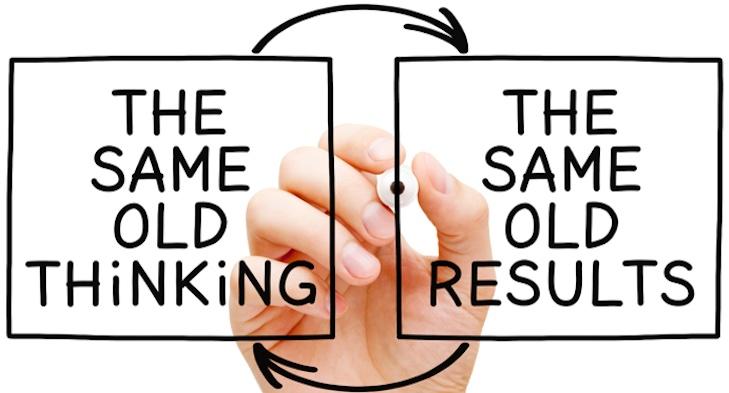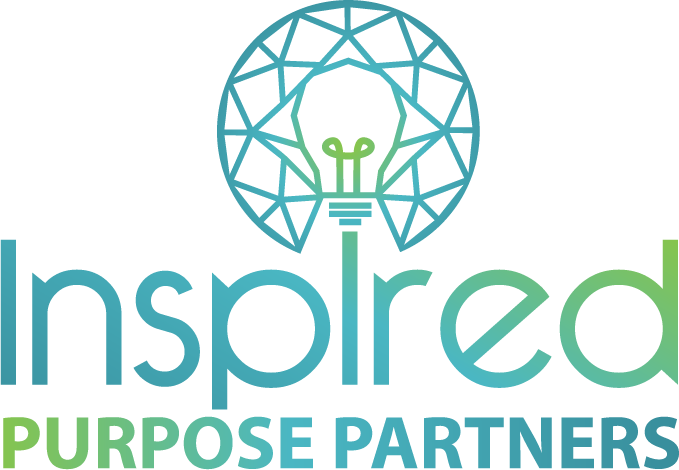The Beauty of Reframing: How Shifting Your Perspective Can Unlock New Possibilities

"The key to transforming anything lies in our ability to reframe it." – Marianne Williamson
Have you ever found yourself caught in a loop, facing the same decision, challenge, or internal monologue, over and over, with no clear way forward? That feeling of mental gridlock is more common than we admit, and it isn’t a reflection of weakness or lack of capability. It’s a signal: an invitation to shift the frame. Because sometimes the issue isn’t the problem itself – it’s the lens through which we’re viewing it.
When the Frame Distorts the Picture
As a coach and guide, I have learned that the frame we place around a situation determines not just how we see it, but what options we believe are available. Our minds are wired to build models of the world. We simplify complexity to navigate reality. But those same models, while helpful, can also become traps. When our frame is too narrow, we miss the creative solutions sitting just outside our current line of sight.
Reframing is the act of expanding that line of sight. It’s not about ignoring reality; it’s about choosing the most empowering perspective within it.
When I feel stuck, I don’t try to bulldoze my way to clarity. Instead, I pause, step back, and change the vantage point. This doesn’t require hours of introspection; sometimes, all it takes is asking: What if this isn’t a problem, but a prompt? Or what might this look like from a completely different angle?
Almost always, that slight shift creates space, and in that space, something new appears. Not always the perfect solution, but the first glimmer of possibility. And that, in itself, is a breakthrough.
Reframing Through Role, Not Just Reason
Edward de Bono’s Six Thinking Hats offers a structured way to reframe, inviting us to explore problems through multiple cognitive lenses: logic, emotion, caution, optimism, creativity, and organization. It’s a brilliant tool for decision-making and group dynamics. But for those of us who think in stories and symbols, I often prefer a more imaginal approach. Instead of colored hats, I ask clients: Whose eyes are you seeing this through?
What if you viewed your challenge through the lens of…
The Artist: Who values emotion, beauty, and self-expression.
The Scientist: Who values hypothesis, data, and experimentation.
The Parent: Who values nurturing, protection, and long-term growth.
The Child: Who values curiosity, play, and presence.
The Leader: Who values vision, systems, and influence.
The Entrepreneur: Who values innovation, risk, and possibility.
Each lens brings a radically different interpretation. And more often than not, the “right” frame isn’t singular; it’s a composite. The truth is that your best thinking comes when you stop defaulting to a single identity and start seeing yourself as a multidimensional thinker.
The more you intentionally reframe, the more agile your mind becomes. You begin to recognize that your thoughts aren’t fixed facts; they are stories. And stories can be rewritten; that’s where real freedom begins. If you’re navigating a moment where everything feels heavy, rigid, or uninspired, consider this your invitation to reframe. Not to deny the challenge, but to shift the vantage point from which you face it. Because once you change the lens, you don’t just change how you see the world, you change what’s possible in it.


0 comments
Leave a comment
Please log in or register to post a comment